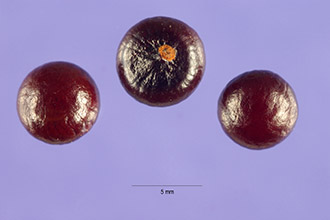lookin' good
The Sabal palm
has a tolerance to grow in a variety of soils such as clay,
loam, and sand. The palm can tolerate soil salt very well. It
best grows when in a neutral to alkaline soils that are rich in
calcium. It is adapted for extended flooding
 and also
has a high drought tolerance. The palm grows best when in part
shade and part sun but it is able to grow with full sun exposure
as well. The palmetto is able to survive in the temperature
range of 97 to 25 degrees Fahrenheit. The cabbage palm is the
most wind-resistant tree in southern Florida. It is extremely
resistant to most damaging insects and other kinds of pathogens.
and also
has a high drought tolerance. The palm grows best when in part
shade and part sun but it is able to grow with full sun exposure
as well. The palmetto is able to survive in the temperature
range of 97 to 25 degrees Fahrenheit. The cabbage palm is the
most wind-resistant tree in southern Florida. It is extremely
resistant to most damaging insects and other kinds of pathogens.
T
he cabbage palm is an unbranched palm tree. The tree can grow up to a height of 82 feet with a stem that can have the diameter of 12 to 24 inches. Typically in most cabbage palms the diameter of the stem is uniform from the base of the tree to the crown. The leaves of the tree have a base (boots) that can persist on the stem or slough off. This gives the stem a smooth appearance. The stem is very sturdy and is able to withstand strong winds and harsh conditions.The
leaves of the palmetto are fan-shaped, divided, and spineless.
The leaves can grow to be three to nine feet long. The flowers
that grow on the tree are a creamy to a yellowish white. They
appear in arching and drooping clusters. The flowers produce a
fruit that are small, black, fleshy and contains a single brown
spherical seed.
single brown
spherical seed.
The root of the cabbage palm is described as short and bulbous. The underground stem is surrounded by a cluster of roots with small, light orange roots that are found as deep as 15 to 20 feet into the soil.
To find out how these organism feed go to Nutrition.